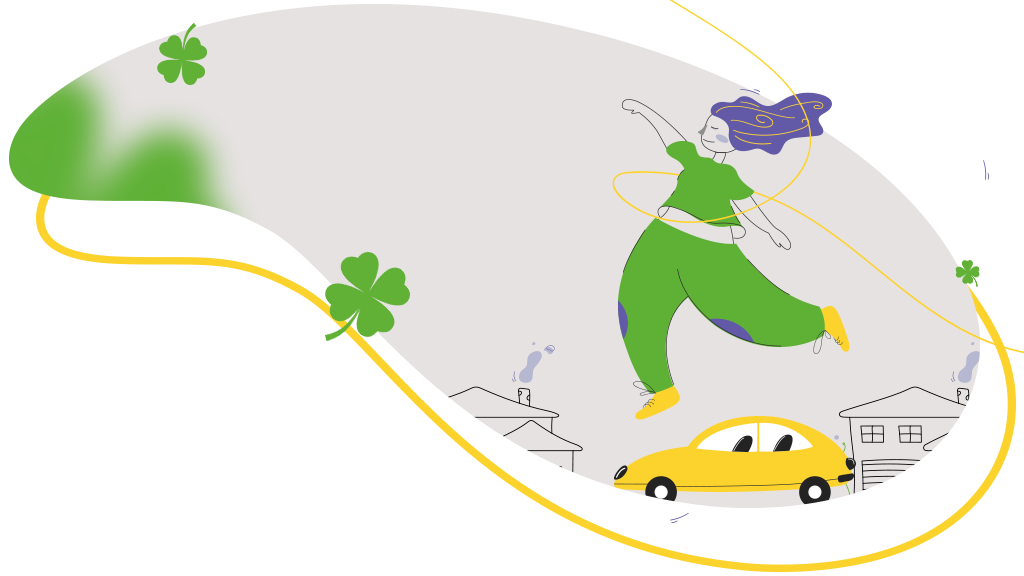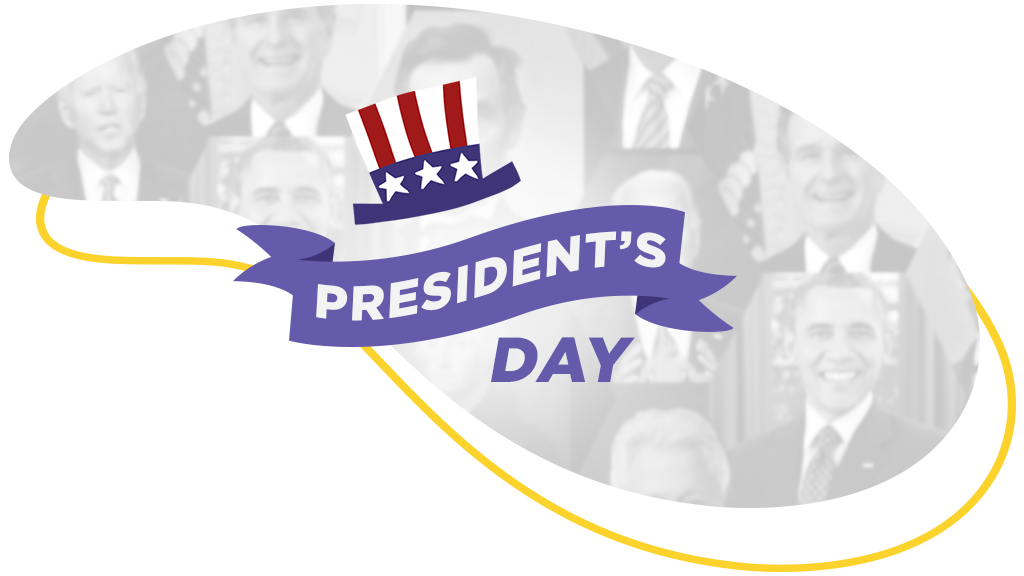Learn More
x




Thanksgiving is a holiday that anyone born outside the US only knows from TV. Just like the 4th of July, we only got to experience the famous Thanksgiving day through the American entertainment that is so much a part of our daily lives.
Films, books, series and reality shows, introduced us to the autumn traditions: fall colors, pumpkins, turkey, cranberries, Indians and pilgrims, NFL games and a strong sense of gratitude that is shared with everyone. But besides that, do you know the actual story behind Thanksgiving? Do you know how it became a holiday? Continue reading so you can have a much better idea of exactly what you will be experiencing as you come together with loved ones for the day’s festivities.
There are several reports of celebrations of thanksgiving for the blessings and the bounty of the harvest, many of which predate the European colonization of North America, such as Samhain, which gave rise to Halloween. The first documented services of thanksgiving in territories now belonging to the United States were conducted by Spaniards and Frenchmen in the 16th century.
But the celebration that gave rise to the holiday we are celebrating today involves the settlers, also called pilgrims, and indigenous people, in an agreement of collaboration and coexistence, which took place in Massachusetts.
In September of 1620, a ship called the Mayflower left Plymouth, England, carrying 102 passengers in search of a new home, a place to freely practice their faith, and/or lured by the promise of prosperity in the “New World”.
After a treacherous 66-day crossing, the Mayflower reached Massachusetts Bay, where the village of Plymouth was eventually established.
It was necessary to stay on board for the first winter, as the settlers were not prepared to build, hunt or gather food in those weather conditions, in addition to dealing with the outbreak of contagious diseases that had killed half the passengers.
When springtime emerged, the settlers finally disembarked, and they were visited by a member of the Abenaki tribe who greeted them in English. He had already had contact with other settlers and had made the initial interactions. He himself returned a few days later with another Native American named Squanto, who had gone to Europe as a slave and also spoke English and had taught him how to grow corn, extract maple sap, fish in rivers and avoid poisonous plants, which then saved the Pilgrims from the malnutrition they themselves were experiencing.
Squanto was also instrumental in forming an alliance with the local Wampanoag tribe that would last for more than 50 years and is unfortunately one of the only examples of harmony between European settlers and Native Americans. The treaty between the two groups lasted until the War of King Philip (1675-76), in which hundreds of settlers and thousands of Native Americans lost their lives.
In November of 1621, after the Pilgrims’ first corn harvest was successful due to the Native Americans’ directions, Governor William Bradford organized a commemorative party and invited the colony’s group of Native American allies, including Chief Wampanoag Massasoit.
Most people ate outside sitting on the floor or in barrels with plates on their laps. The men shot, ran, ate and drank, and still tried to speak English and Wampanoag.
But not every story is unanimous about the order and origin of events. According to reports from Wampanoag descendants, the harvest feast was originally planned only for Pilgrims, and the Natives, hearing commemorative gunfire and fearing war, arrived to see the feast and were warmly welcomed to join the celebration, contributing their own food for the meal.
Much is speculated about the menu of the famous banquet that gave rise to one of the most cherished and celebrated holidays in the USA. What was actually on the menu? When did the traditions change and how did current dishes enter the party?
An account taken from the journal of Pilgrim Edward Winslow:
“With the harvest done, our governor sent four men on bird hunting, so that we could rejoice together in a special way, after we had reaped the fruits of our labor; they four in one day killed as many birds as they did, with a little help to the On the other hand, he attended the Company for almost a week”.
There is no accurate record of which birds they were, but wild turkeys were plentiful in the region and a common food source for both English settlers and Native Americans. However, there is no way to say for sure whether they were turkeys or other birds that were common in the settlers’ dishes, such as geese or duck.
Do you already know how to make a Thanksgiving dinner safely? We’ve put together the best guidelines to guarantee you a headache-free holiday.
While discussing protein- despite not being part of the current traditional Thanksgiving dinner, seafood was likely featured in the first banquet. Mussels, lobster, sea bass, clams and oysters were plentiful in New England and easy to collect.
As the celebration marked the first harvest of the Pilgrims, we can only believe that vegetables and fruits received special attention on the table. Local vegetables that would have likely appeared on the table include onions, beans, lettuce, spinach, cabbage, carrots and perhaps peas. Corn, the traditional first cultivation of the settlers, was probably served in the form of cornmeal, and transformed into porridge, as was the custom at the time.
Fruits native to the region included blueberries, plums, grapes, blackcurrants, raspberries and, of course, cranberries, which Native Americans ate and used as a natural coloring. But the cranberry sauce was not part of the first dinner, as the Pilgrims would not have had access to sugar for some time.
Although potatoes come in many different forms and varieties in Thanksgiving dinners today, they would not have been a part of the feast in 1621, as they had not yet been introduced to North America.
Pumpkins were part of the diet of both Pilgrims and members of the Wampanoag tribe. However, the ingredients needed to make a pie were not available, and ovens had not yet been built to bake anything.
Historians suggest that many of the dishes were prepared using traditional Native American cooking methods and spices. As mentioned earlier, the Mayflower’s sugar supply had run out in the fall of 1621, and there was no oven, preventing the meal from including pies, cakes, or other desserts, which have since become a hallmark of contemporary celebrations.
By repeating the celebrations in Plymouth and spreading the tradition throughout New England, Thanksgiving became a religious practice and was even made official by George Washington during the American Revolution. His successors John Adams and James Madison also designated days of thanksgiving during their presidencies.
But the first state to officially adopt the annual Thanksgiving holiday was New York in 1817. In 1827, Sarah Josepha Hale, famous magazine editor, writer and author, launched a campaign to establish Thanksgiving as a national holiday and for 36 years, she published editorials and sent many letters to governors, senators, presidents and other politicians, earning the nickname of “Thanksgiving Mother.”
In 1863, at the height of the Civil War, Abraham Lincoln finally granted his request. He scheduled Thanksgiving Day for the last Thursday of November, and it was celebrated on that day until 1939, when Franklin D. Roosevelt postponed the holiday a week in an attempt to boost retail sales during the Great Depression.
Roosevelt’s plan, ironically known as Franksgiving, did not achieve great popularity, and in 1941 the president reluctantly signed a bill making Thanksgiving the fourth Thursday in November.
Despite having lost the religious connotation it once had, the Thanksgiving holiday is one of the most important in American society, and even more than during Christmas, it is the time to cook and share a hearty meal with family and friends.
In addition, famous parades have also become a tradition. One of the best known is Macy’s Thanksgiving Day Parade, which since 1924 has attracted an estimated 2-3 million spectators along its 2.5-mile route and still attracts a huge television audience today.
Another curious tradition, which began in the mid-century. XX, is the pardon of turkey by the president of the United States. Each year the president “saves” one or two birds from slaughter and sends them to retirement on a farm. Several US governors also perform the annual forgiveness ritual.
The tradition of Thanksgiving football games began with a match between Yale and Princeton in 1876, and the tradition was naturally extended to the NFL.
The holiday associated with Pilgrims and Native Americans has come to symbolize intercultural peace, America’s opportunity for newcomers, and the sanctity of home and family despite historical controversies.
It is up to us as immigrants to embrace the sense of peace, communion and gratitude of the day. After all, what sacrifice is there in gathering family and friends, eating a great meal, and thinking about all the blessings of the past year?
We at BRZ wish you the very best Thanksgiving possible!
Learn More

June 1st is U.S. Flip a Coin Day, where we celebrate (or at least reflect on) the history and significance of the famous coin flip.

We make it a point at BRZ to explain the meanings of popular US celebrations and holidays for our readers who are immigrants. With the beloved Saint Patrick’s Day, we make no exception.

The third Monday in February has been designated as Presidents' Day. Read more to learn all about the history of this US federal holiday.

We are an insurance company made by people for people. A community that speaks tyour language, with people who care about your future! Here you can find all the protection and care that a home offers. Come and join us!
Get a Quote

Need help? Chat with BRZ!
x